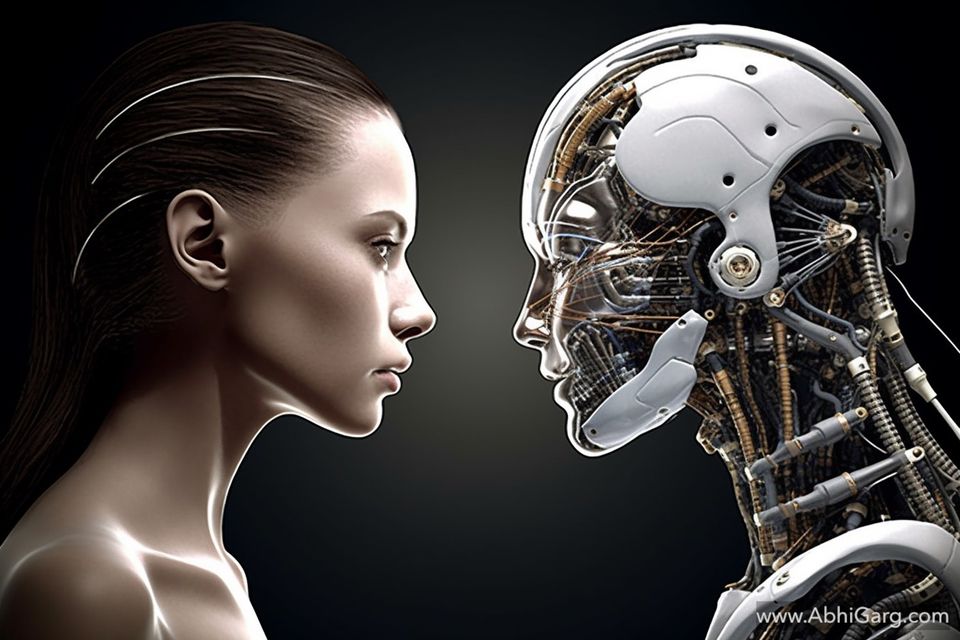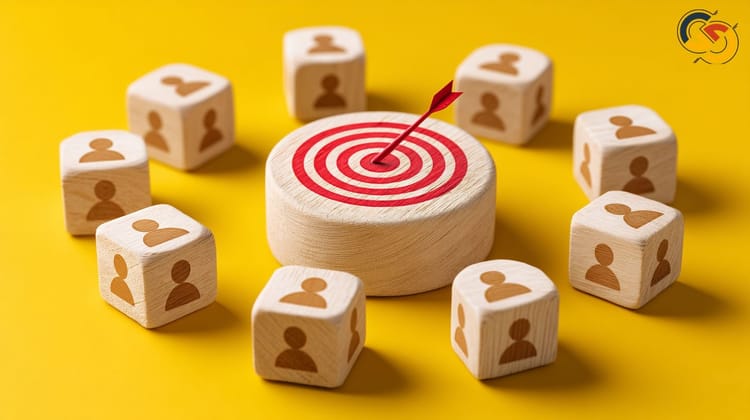Humanity vs. Generative AI: Understanding the Difference

In technological advancement, generative AI has demonstrated the ability to create music, write articles, and conduct research. As these powerful systems grow more prevalent, it becomes imperative to distinguish between the abilities and nuances of humans and generative AI. This article explores those differences, focussing on aspects like dreams, consciousness, sentience, and emotional intelligence.
The Mystery of Human Dreams vs. AI Predictive Patterns
Human dreams are a fascinating aspect of our consciousness and still harbor many unresolved mysteries. Dreams often reflect our anxieties, desires, or subconscious thoughts and serve as a means for our brains to process emotions and information. They are often fragmented and surreal and defy the logic we adhere to in our waking lives.
Generative AI, on the other hand, doesn't dream. What they can do, however, is create predictive patterns based on the data they've been fed. With deep learning algorithms, AI can analyze vast amounts of data, identify patterns, and predict outcomes. This process is somewhat akin to dreaming, involving sorting information and creating future scenarios. Still, it lacks the personal, emotional, and creative undertones that human dreams possess.
The Conscious Experience: Human Consciousness vs. AI Simulated Understanding
Consciousness, a trait ubiquitous to humans, allows us to experience and interpret the world around us. It is characterized by awareness and the ability to experience feelings, thoughts, and perceptions. Consciousness is intrinsically linked to our understanding of reality and sense of self.
AI, despite its sophistication, lacks consciousness. It can process data and perform tasks quickly and accurately but does not understand or know its actions. While it can simulate understanding by processing input and producing relevant output, it doesn't possess a subjective conscious experience. It can't feel pain, pleasure, or any emotion; it can't introspect or contemplate the meaning of its existence.






Sentience: Humans' Perception of Reality vs. AI's Lack of Subjective Experience
Sentience is the ability to perceive and experience sensations. For humans, this ability shapes our understanding of reality and is closely related to our consciousness. Sentience is why we feel pain when we are injured, happiness when we are loved, or sadness when we grieve.
Generative AI, however, lacks sentience. Even though it can simulate human-like conversations and actions, it does not experience sensations or emotions. It operates based on algorithms and databases, lacking subjective experience. It doesn't feel happiness or sadness, pain or pleasure. Its responses are based on programmed algorithms, not personal experiences or emotions.
Emotional Intelligence: Innate in Humans, Simulated in AI
Emotional intelligence, a characteristic feature of humans, refers to our ability to understand, manage, and express our emotions effectively. It also involves empathy—the capacity to understand and share the feelings of others. This quality is crucial to social interactions, decision-making processes, and well-being.
Generative AI, as of today, lacks true emotional intelligence. While it can simulate emotional understanding to an extent—analyzing text for sentiment, recognizing facial expressions, or responding to cues in a human-like manner—it doesn't truly understand or experience emotions. Its responses are based on learned patterns and algorithms, not on personal emotional understanding or empathy.
Generative AI and the Changing Landscape of Work
The advent of generative AI has profoundly changed the nature of work. Tasks that once required human intervention, such as content creation, data analysis, or customer service, can now be performed by AI. This shift has resulted in the need for new skills and job roles, with an increased emphasis on creativity, strategic thinking, and technological literacy. It has also sparked debates about job displacement and the ethical implications of AI in the workplace.
Yet, rather than eliminating the need for human work, AI has the potential to augment human capabilities, automating repetitive tasks and freeing up time for more complex and meaningful work. In the future, the most successful businesses are likely to be those that can leverage the strengths of both humans and AI.
Reevaluating What It Means To Be Human In The Age of AI
As AI advances and becomes more embedded in our daily lives, it prompts us to reevaluate what it means to be human. What distinguishes us as humans in a world where machines can write, compose music, and solve complex problems?
This question forces us to revisit the aspects that set us apart from machines: dreams, consciousness, sentience, and emotional intelligence. These uniquely human attributes, beyond the reach of AI's algorithms, lie at the core of our humanity.
Our ability to dream allows us to create and innovate, pushing the boundaries of what is possible. Our consciousness and sentience allow us to experience and interpret the world, shaping our understanding of reality. Our emotional intelligence allows us to connect with others, share in their experiences, and navigate social complexities.
Moreover, our collective human history, culture, ethics, morals, and shared experiences shape us and give life meaning. While generative AI has the power to mimic human-like behavior, it cannot truly understand or replicate these experiences.
In conclusion, despite the profound capabilities of generative AI, there remains a distinct boundary between human and artificial intelligence. As we progress in this AI-driven world, preserving and valuing our uniquely human attributes is crucial while leveraging AI's capabilities to augment our potential. We'll continue defining and redefining what being human means in this dynamic interplay.



